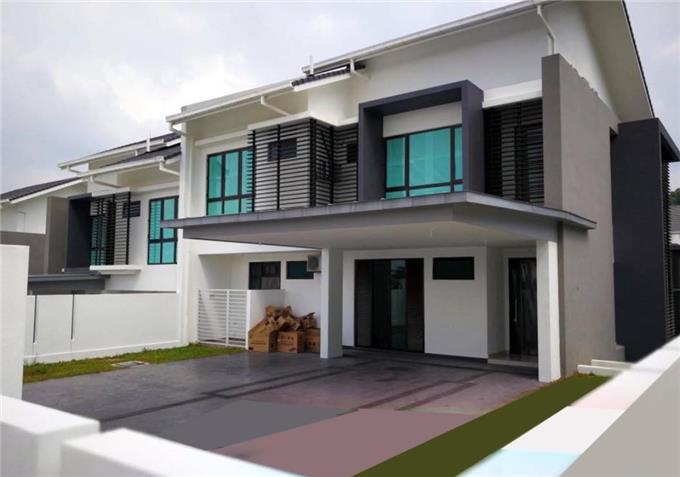
Professional House Exterior Painting in Singapore for Lasting Curb Appeal
A well-painted home exterior is more than just visually appealing
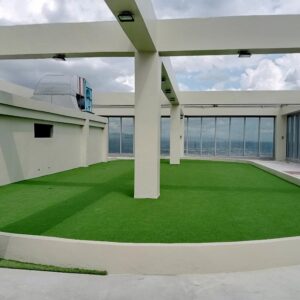
In the bustling urban landscapes of the Philippines, the quest for sustainability has become paramount. As cities grapple with environmental challenges such as pollution and limited green spaces, the integration of innovative solutions becomes imperative. One such solution gaining traction is turf artificial grass Philippines. In this blog post, we explore the significance of turf artificial grass in fostering sustainable urban development across Philippine cities.
The need for sustainable urban spaces in the Philippines cannot be overstated. Rapid urbanization has led to increased environmental degradation, exacerbating issues like air and water pollution. Moreover, the scarcity of green areas diminishes the overall quality of life for urban dwellers. Recognizing these challenges, city planners and developers are actively seeking ways to create environments that promote sustainability and well-being.
Turf artificial grass, also known as synthetic turf or artificial turf, is a synthetic alternative to natural grass. Unlike its organic counterpart, turf artificial grass Philippines requires minimal maintenance and is highly durable. It is composed of synthetic fibers that mimic the look and feel of real grass, offering a verdant aesthetic without the need for constant watering or mowing.
In the context of Philippine cities, turf artificial grass offers numerous advantages. Its resilience in tropical climates makes it particularly suitable for the country’s weather conditions. Additionally, turf artificial grass Philippines can withstand heavy foot traffic, making it ideal for parks, playgrounds, and recreational areas in urban settings. Furthermore, its low maintenance requirements translate to cost savings and reduced environmental impact over time.
Contrary to common misconceptions, turf artificial grass Philippines can be an environmentally sustainable choice for urban landscaping. While the production process involves synthetic materials, many manufacturers prioritize eco-friendly practices, including the use of recycled materials and water-saving technologies. Moreover, the long lifespan of turf artificial grass reduces the need for frequent replacements, further minimizing its environmental footprint compared to natural grass maintenance practices.
Turf artificial grass emerges as a key player in the quest for sustainable urban development in Philippine cities. Its ability to thrive in tropical climates, withstand heavy use, and require minimal maintenance makes it a viable solution for enhancing green spaces and promoting environmental stewardship. As cities continue to evolve, integrating turf artificial grass into urban landscapes holds promise for creating vibrant, eco-friendly environments that benefit both present and future generations. Let us embrace this innovative approach to urban sustainability and cultivate greener, more resilient cities across the Philippines.

A well-painted home exterior is more than just visually appealing

Reproductive Endocrinology and Infertility is a specialized branch of women’s
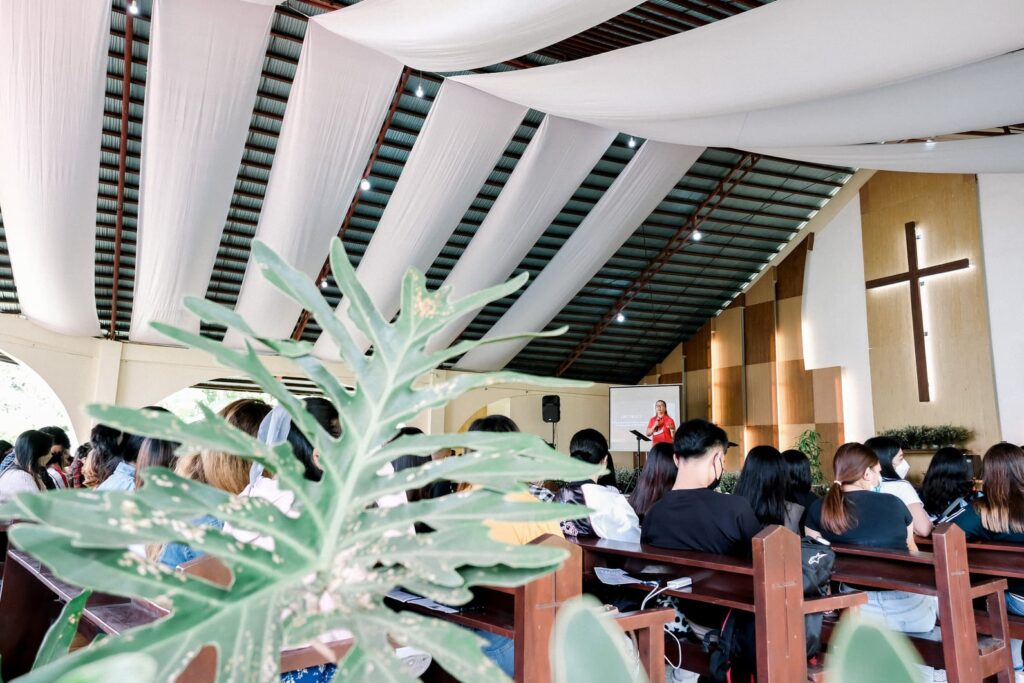
Choosing the right Camps & Retreats Event Venue is one

HVAC systems solutions play a vital role in maintaining comfort,
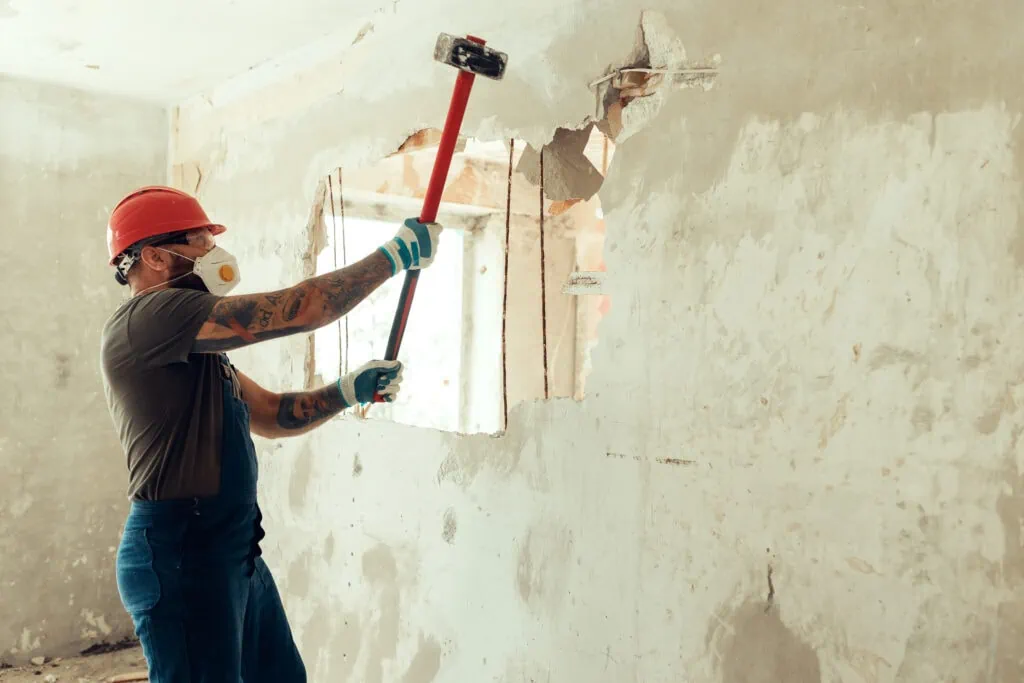
Every home renovation begins with a blank canvas. Before new
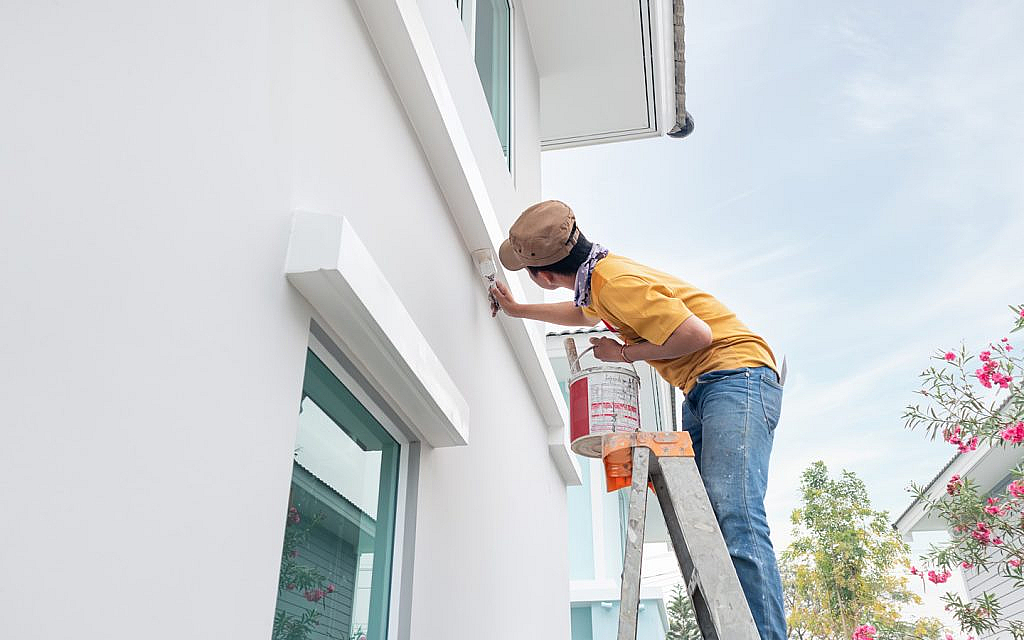
A fresh layer of paint can do wonders for your
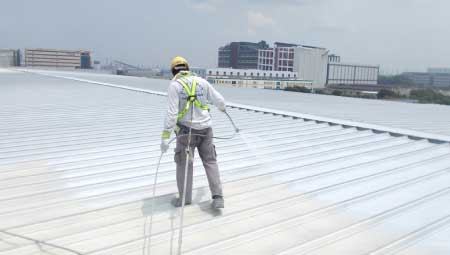
Waterproofing is an essential step to protect any building structure
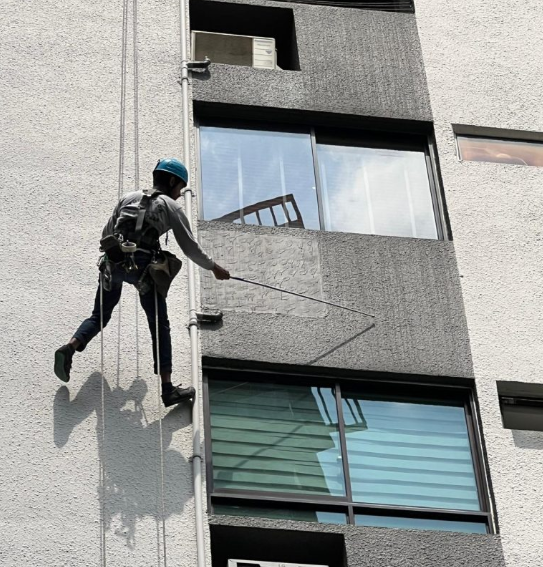
Building owners and managers must prioritize the safety and structural
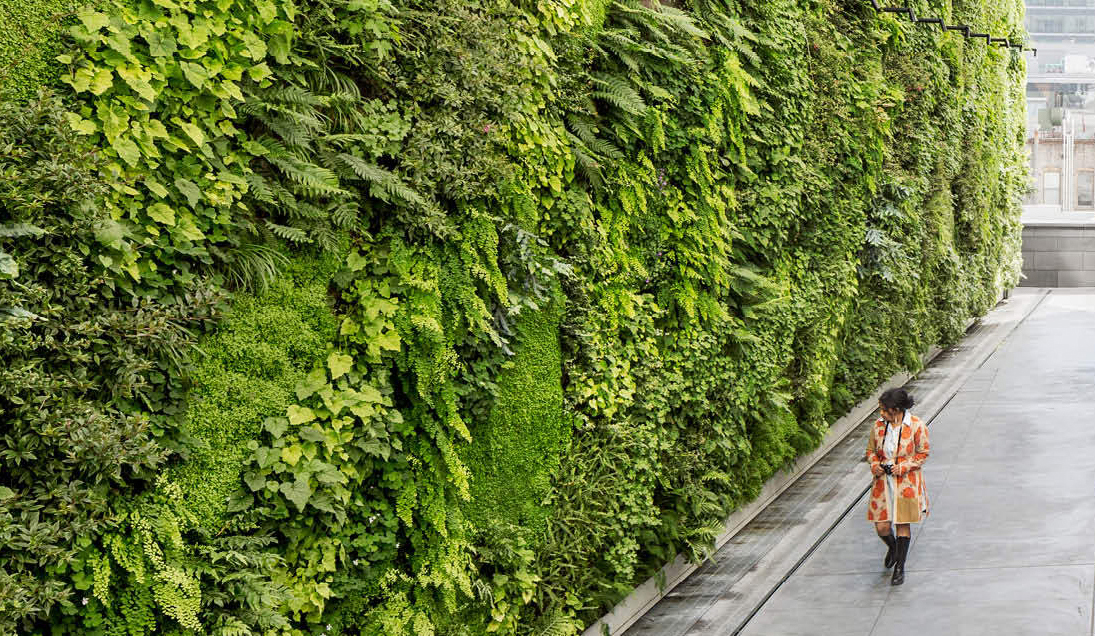
Understanding Vertical Green Wall Systems A vertical green wall system
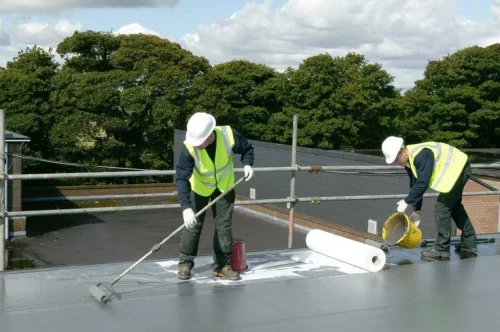
Waterproofing services are a critical part of protecting buildings and